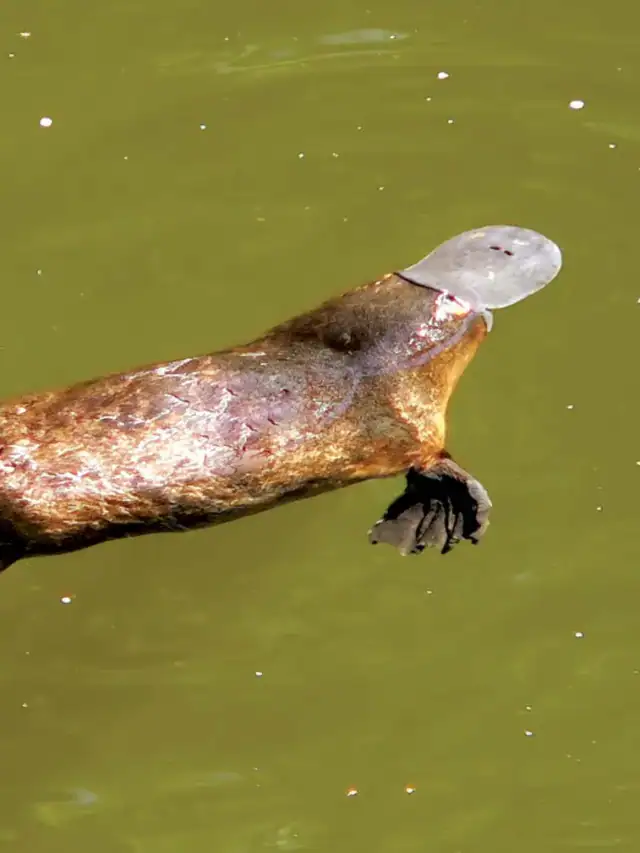Copyright thehindubusinessline

The Indian government has approved a ₹37,952 crore subsidy for different types of fertilisers for the 2025-26 rabi season that began from October and will be valid until March. There is an increase of ₹4.36/kg in subsidy for phosphate and ₹0.26/kg for sulphur. But government support for nitrogen and potash has been left unchanged from rates declared before Kharif season. The Cabinet, on Tuesday, approved a subsidy of ₹43.02 per kg for nitrogen (N), ₹47.96 per kg for phosphorous (P), ₹2.38 per kg for potash (K) and ₹2.87 per kg for sulphur (S) for the current rabi season. During the kharif season (April-September), the subsidy rates were ₹43.02/kg for N, ₹43.60/kg for P, ₹2.38/kg for K and ₹2.61/kg for S. “The subsidy approved for 2025 Rabi is higher by about ₹14,000 crore from the previous year,” Information and Broadcasting Minister Ashwani Vaishnaw told media after the Cabinet meeting. Budget requirement Last year, the Government had announced the rabi season subsidy on September 18, well ahead of commencement of sowing operation. The tentative budgetary requirement of subsidy for rabi 2024 was estimated at ₹24,475.53 crore. Industry sources said that since the subsidy to the fertiliser companies is paid on the basis of actual sales, the real expenditure would depend on the quantity sold during October-March period of current fiscal. Besides, as the N, P, K, S ratio varies in different grades of complex fertilisers, it will also be a factor in the subsidy level. The shift in preference for complex fertilisers from urea and di-ammonium phosphate (DAP) has been on the rise, the source noted. During 2024-25 rabi season, the companies had sold nearly 336 lt of fertilizers (51 per cent of total annual sales) - 198.8 lakh tonnes (lt) of urea, 50.18 lt of DAP, 12.75 lt of Muriate of Potash (MOP), and 74.26 lt of complex. The government has allocated ₹1,67,899.5 crore as fertiliser subsidy for 2025-26 – ₹1,18,899.5 crore for urea and ₹49,000 crore for P and K. The actual subsidy paid during first quarter (April-June) was 43 per cent more at ₹41,482.33 crore this year from the year-ago period and is also 25 per cent of the total budget allocation. Demand estimate Based on the feedback received from States, the Centre has estimated the fertiliser demand in current rabi season 4 per cent higher at 378.7 lt as against 364.5 lt in rabi 2024-25. While urea demand has been pegged at 196.1 lt, DAP has been estimated at 53.4 lt, MOP at 15.7 lt, complex at 82.4 lt and single super phosphate (SSP) at 31.2 lt. Industry sources said that in case of DAP, where N is 18 per cent and P is 46 per cent, the government has increased the subsidy by Rs 2,006/tonne in current season from Rs 27,799/tonne paid in Kharif season. However, it is lower compared to the hike in global prices, the sources said. The average landed cost of imported DAP in March 2025, just before the announcement of kharif season’s subsidy, was $ 640/tonne, which has now increased to about $ 750/tonne, a hike of $ 110/tonne or Rs 9,713/tonne. “As the government wants companies to keep the retail price of DAP at Rs 1,350/bag (of 50 kg), it should be liberal in raising subsidy otherwise private companies would not get into contracts. There was a past incident when a leading company had made over Rs 200 crore loss as it imported DAP on the assurance of a hike in subsidy and later the government backtracked,” a senior official of a fertiliser company said. Vaishnaw said that the subsidy rate has been fixed after considering import price and other factors like nutrient requirement, subsidy burden and MRP. Published on October 28, 2025



